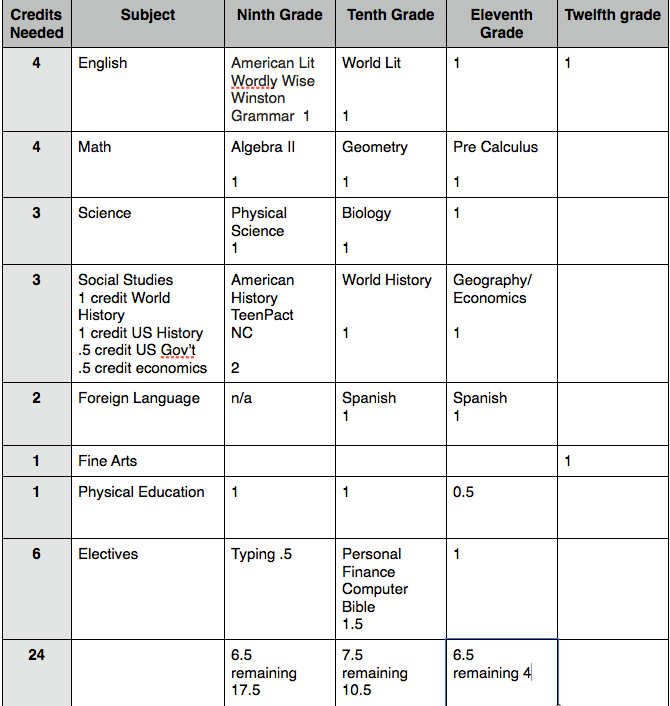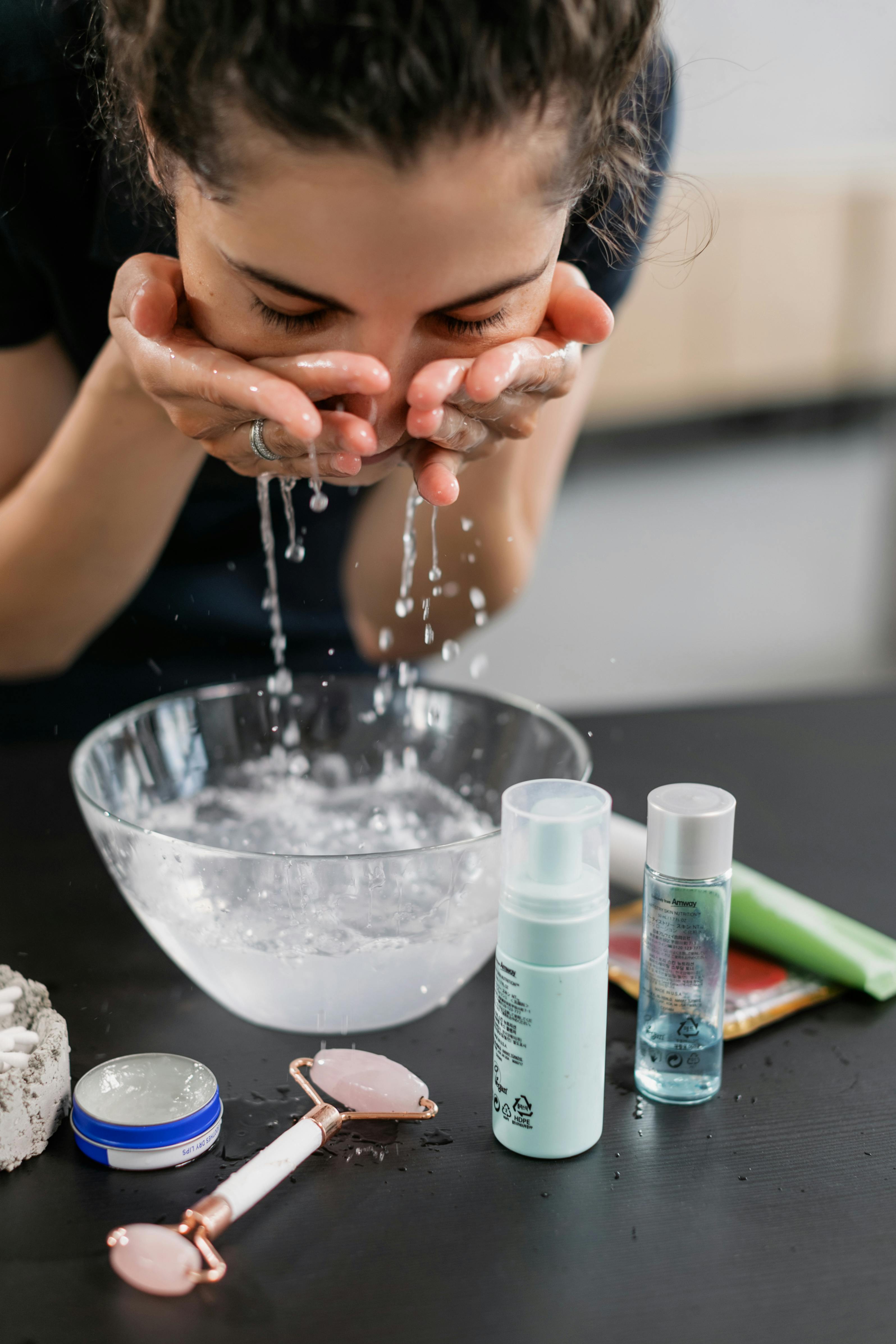Smart Ways to Prune Hydrangeas for a Lush 2025 Bloom

Smart Ways to Prune Hydrangeas for a Lush 2025 Bloom
As gardening enthusiasts prepare for the upcoming blooming season, knowing how to prune hydrangeas effectively becomes paramount for achieving stunning floral displays. Pruning not only enhances the visual appeal of these beautiful shrubs but also supports their overall health and encourages robust blooms. In this article, we will delve into essential hydrangea pruning techniques, explore the best times to prune hydrangeas, and provide expert tips on maintaining these gorgeous plants. Our objective is to equip you with the knowledge to create lush, vibrant hydrangeas thriving in your garden in 2025.
By utilizing effective hydrangea care tips and strategies, you can ensure your plants remain both healthy and beautiful. You'll learn about different hydrangea varieties and their unique pruning needs, enabling you to make informed choices for shaping and trimming hydrangeas. Throughout this article, we will link various resources and expert recommendations to deepen your understanding of hydrangea growth habits and care.
As you embark on this pruning journey, stay tuned for best practices to rejuvenate your plants, enhance blooming performance, and maintain ideal conditions for hydrangeas. Let's start pruning for a lush 2025 bloom!
Understanding Hydrangea Growth Habits
Before diving into how to prune hydrangeas, it's crucial to understand the growth habits of these popular flowering shrubs. Different hydrangea varieties possess distinct growth patterns that determine the best time for pruning and the appropriate techniques to use. For example, some hydrangeas bloom on old wood, while others bloom on new wood. Knowing these traits will guide your pruning efforts and enhance your hydrangea care regimen.
Recognizing Hydrangea Varieties
Hydrangeas can be primarily classified into several types, including Bigleaf (Hydrangea macrophylla), Panicle (Hydrangea paniculata), Smooth (Hydrangea arborescens), and Oakleaf (Hydrangea quercifolia). Each type has unique flowering habits and pruning requirements. Understanding these classifications can significantly affect your pruning strategy. For instance, Bigleaf hydrangeas often require pruning immediately after blooming, while Panicle hydrangeas can be pruned in late winter or early spring.
Hydrangea Blooming Seasons
Hydrangeas typically bloom in summer to early fall, with specific blooming timelines varying by species. Bigleaf hydrangeas will show blooms earlier in the season, while Panicle types bloom later. This differentiation presents a window of opportunity for understanding when to begin hydrangea pruning. Ensuring you prune at the right time can lead to more abundant flowering in the following season.
Hydrangea Growth and Light Needs
To optimize growth, hydrangeas require certain light conditions based on their variety. Many thrive in partial shade, while others can tolerate full sun. Understanding the sunlight requirements plays a significant role in determining how to care for hydrangeas successfully. Proper exposure to sunlight not only influences bloom color but also overall plant vigor.
Common Hydrangea Mistakes
Even seasoned gardeners can make mistakes when it comes to hydrangea care. A few common pitfalls include improper timing of pruning and neglecting to understand the specific needs of each hydrangea variety. Avoiding these mistakes will allow you to achieve the lush, vibrant blooms you desire.
When to Prune Hydrangeas
Timing is pivotal when it comes to hydrangea pruning. Knowing when to prune hydrangeas can significantly influence flower production and shape. In this section, we’ll explore the critical windows for pruning various hydrangea types and the benefits of following these timelines.
Best Time to Prune Hydrangeas
For most hydrangea varieties, the best time to prune is during late winter or early spring when the plants are still dormant. This approach limits stress on the plant and allows for clear visibility of growth patterns without foliage interference. However, remember the rules concerning individual varieties, as not all hydrangeas will respond positively to spring pruning.
Fall Hydrangea Pruning
While pruning in the fall may be tempting, it can expose plants to harsh winter conditions and potential frost damage. Additionally, some bloom varieties may already be setting buds for the next flowering season. If you miss the spring window, consider carefully observing your type's growth and avoid aggressive cuts until the right time arrives.
Selective Pruning Techniques
Selective pruning methods focus on removing specific branches rather than broader cuts. This technique can help maintain natural shapes conducive to blooming. Focus on thinning out overcrowded areas, removing dead wood, and enhancing air circulation while preserving the overall plant structure. Consider consulting a hydrangea pruning guide for deeper insights into best practices and techniques.
How to Shape Hydrangeas
When it comes to shaping hydrangeas, the goal is to foster an appealing and healthy structure. Trimming too aggressively can diminish flowering, so developing skills in shaping requires patience. Becoming familiar with proper hydrangea pruning methodologies will lead to wonderful results. Look for areas where stems cross or overcrowd and take the opportunity to trim back selectively.
Essential Hydrangea Pruning Techniques
Having established the when and why of hydrangea pruning, let's discuss effective techniques that ensure optimal growth and bloom production. Whether you are rejuvenating an old hydrangea or maintaining new growth, understanding the best practices is essential for success.
Basic Hydrangea Pruning Steps
To begin, gather hydrangea pruning tools such as sharp shears, loppers, and gloves for protection. Start with removing dead or damaged wood, which can harbor pests and diseases. After that, prune back spent blooms to promote new growth. Following these basic hydrangea pruning steps will ensure a good foundation for future blooms.
Pruning for Size Control
Size control is a primary reason for pruning hydrangeas. By trimming them back, you can manage their height and maintain a neat appearance in your garden design. Be cautious when pruning too much, as excessive cutting may lead to fewer flowers. Aim to maintain the plant's natural shape while achieving the desired size through selective cuts.
Hydrangea Re-blooming Tips
To encourage re-blooming, focus on pruning at the right time and using the proper techniques for each hydrangea type. Ensure healthy soil conditions and adequate sunlight. Additionally, adjusting fertilizer levels post-pruning will support sustained blooms throughout the season. Implementing these practices will lead to magnificent hydrangea displays year after year.
Hydrangea Care in Every Season
Seasonal hydrangea care is vital for ensuring your plants not only survive but thrive throughout the year. From proper watering and fertilization to protecting them from winter elements, each season requires specific attentiveness and strategies. Let's break down how to care for hydrangeas year-round for optimal health.
Hydrangea Water Needs
Consistent moisture is key to healthy hydrangeas. During warmer months, these plants may require more frequent watering to maintain healthy blooms. Aim to keep the soil moist but not saturated, as overly wet conditions can lead to root rot. Remember to adjust watering practices depending on seasonal changes.
Fertilizing Hydrangeas after Pruning
After pruning, fertilizing hydrangeas becomes crucial for promoting robust growth. Use a balanced fertilizer to support roots as the growing season begins. This supports new stems and buds, contributing to an overall healthier plant system. Follow the specific recommendations regarding timing and type of fertilizer for best results.
Protecting Hydrangeas in Winter
To prepare hydrangeas for winter, provide mulch around the base to shield roots from freezing temperatures. This is especially important for varieties that thrive in warmer climates. If necessary, consider temporary coverings for protection as winter progresses. This will safeguard your plants and ensure a strong rebloom come spring.
Common Hydrangea Problems and Solutions
Even with careful pruning and seasonal upkeep, you may encounter various issues affecting hydrangeas. Recognizing these common problems and understanding how to address them will enhance your gardening success. From pests to diseases, let’s explore potential challenges and solutions.
Identifying Hydrangea Pests and Diseases
Hydrangeas can fall prey to several pests, including aphids and spider mites. Watch for visible signs of distress, such as wilting or discolored leaves. Implementing pest control measures promptly can help prevent further damage. Seek further insights into handling hydrangea pests and ensuring your plants’ health.
Common Hydrangea Issues
Common issues include poor blooming, drooping leaves, and stunted growth. These problems often arise from insufficient sunlight, over or under-watering, and improper pruning. Keeping a close watch on your plants’ conditions can aid detection early on. If you notice waning health, take action to restore vitality promptly.
How to Encourage Hydrangea Growth
To foster vigorous hydrangea growth, make sure to follow the proper fertilization routines, incorporate adequate moisture, and provide necessary sunlight. Additionally, observing pruning techniques can enhance the overall balance within the plant, promoting optimal growth and blooming. Experienced gardeners consider this holistic approach essential for ensuring healthy and thriving hydrangeas.
Q&A Section
What is the best time to prune hydrangeas?
The best time to prune hydrangeas varies by species but generally falls in late winter or early spring before new growth begins for most types.
How often should I fertilize my hydrangeas?
It’s recommended to fertilize hydrangeas in early spring and provide additional feedings during the growing season following pruning. Aim for a balanced fertilizer for the best results.
What hydrangea pruning mistakes should I avoid?
Avoid pruning at the wrong time for specific species, excessive pruning, and neglecting to consider the natural growth shape of the plant. Proper understanding can help prevent these common errors.
Can I prune my hydrangeas in the fall?
While some gardeners prune in the fall, it's generally advised to avoid this schedule to prevent exposing plants to winter stress. Stick to early spring for optimal results.
How do I maintain my hydrangeas after pruning?
Post-pruning maintenance includes watering, regular checks for pests, and fertilization to support new growth. Ensure your plants receive enough sunlight to thrive.

